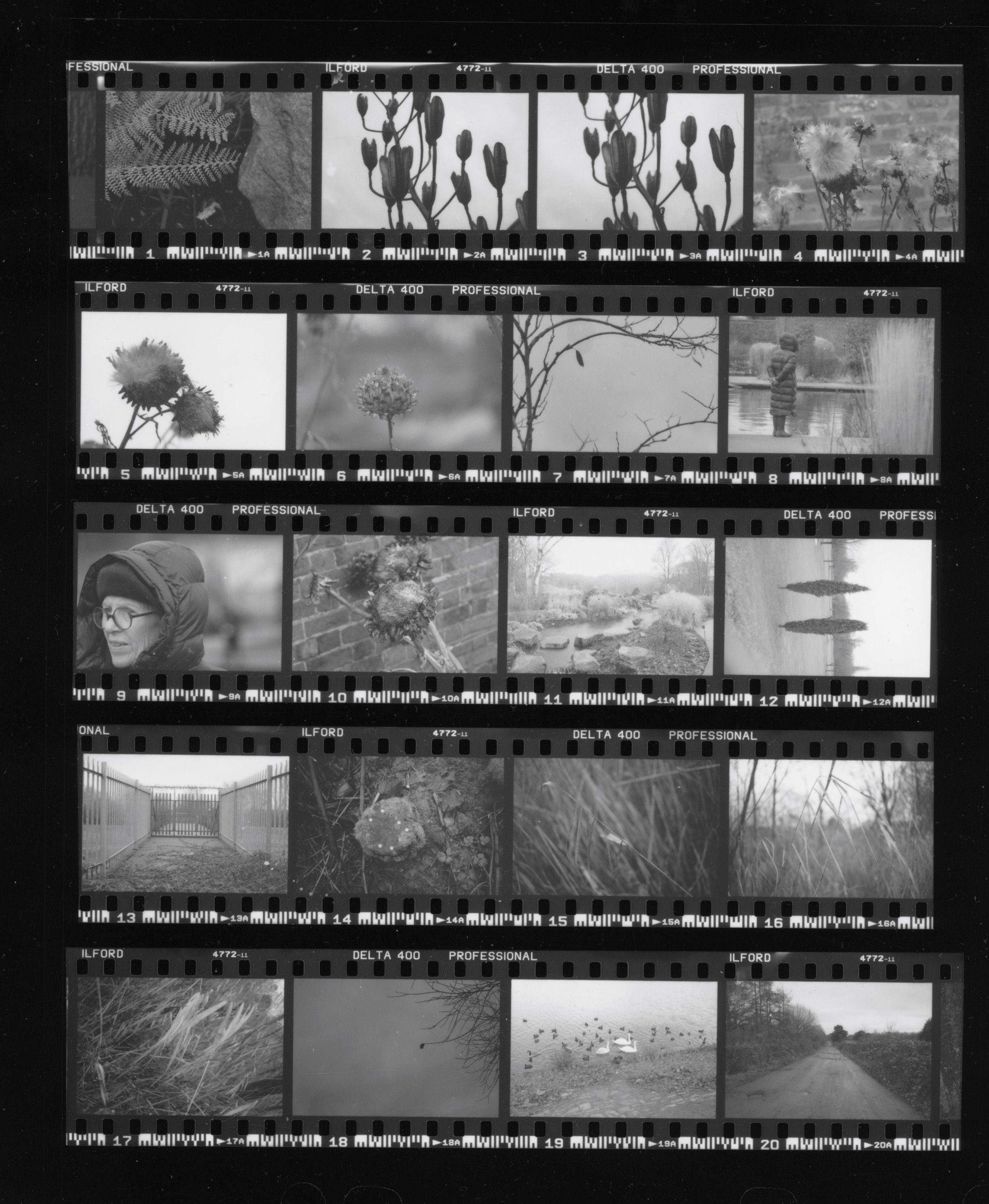Regular readers may remember that my darkroom activities were not proceeding apace. So I went on a buying spree to get a better enlarger, kit to control chemical temperatures; and had a general rearrangement so that I could sit down at least some of the time. All of this helped but the real leap forward came when I extended works to our bathroom to include waterpipes up into the loft; and then the installation of sink and worktop. Bliss – no more running up and down the loft ladders to wash the prints. Here is the finished arrangement.
Dimensions are about are about 7 square metres or so in all.
Darkroom heaven, is it not? I just have to be organised. If I’m not organised I’m, well, disorganised. The ten pound warming tray is doing a good job of keeping the chemicals at 20 degrees and there is plenty of space for drying the prints. Great!
I must now however address a serious philosophical question. Am I going all in for a totally analogue workflow or should I keep one foot in the digital camp? Back in the pre-digital era there was no choice: once you had developed your film you had to make a contact sheet from the negatives where each print was the actual size of the negative. Like this.
You would squint at this with a magnifying glass of some sort and try to work out which frames were worth printing. Now it’s possible to circumvent all that faff with a computer. You can scan the negatives and produce a digital contact print but why bother even with that? It’s easier still to have a look at your digital positive full-size up there on the screen and assess its printing potential straightaway.
That's tempting, but for me this mixing of the digital and analogue waters just doesn’t work. There is a huge difference between looking at a computer screen version of a photograph and holding a print – even a small one - there in your hand. It’s two different worlds. If I had been wavering on the question my mind was made up a couple of weeks ago when Windows 11 updates locked me out of Lightroom – and therefore my entire photo archive - for several days. I sorted it eventually but it gave me the final push I needed to jump into the analogue pool with both feet.



